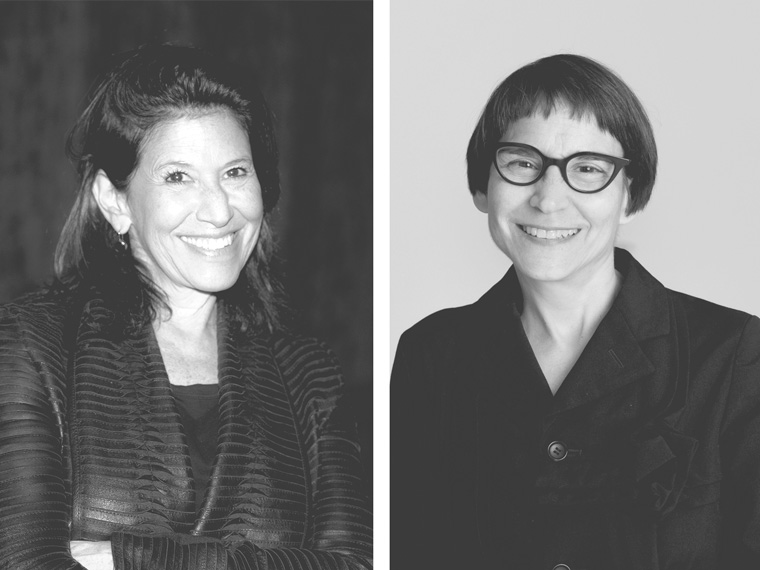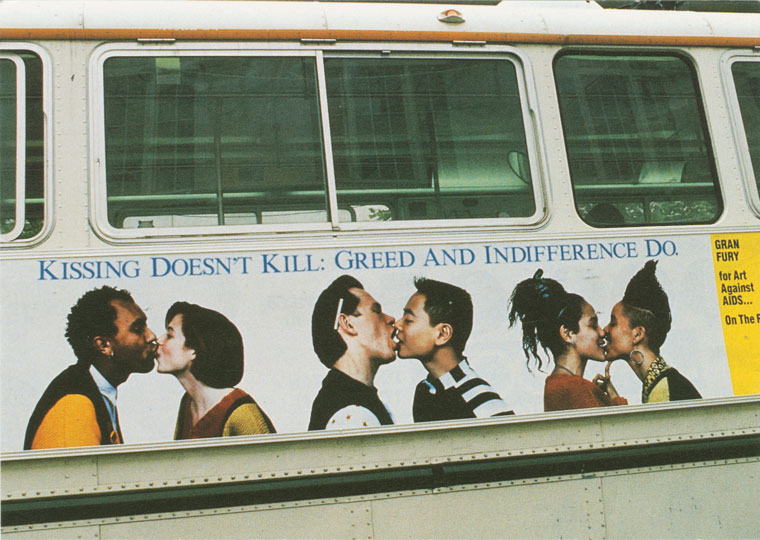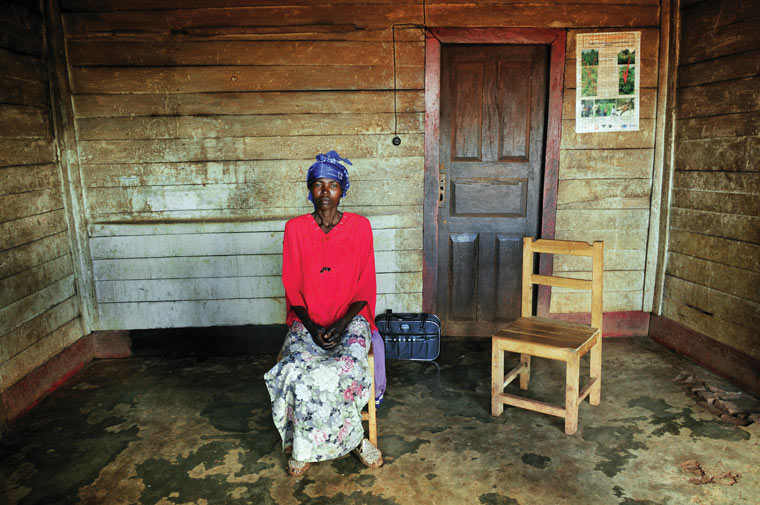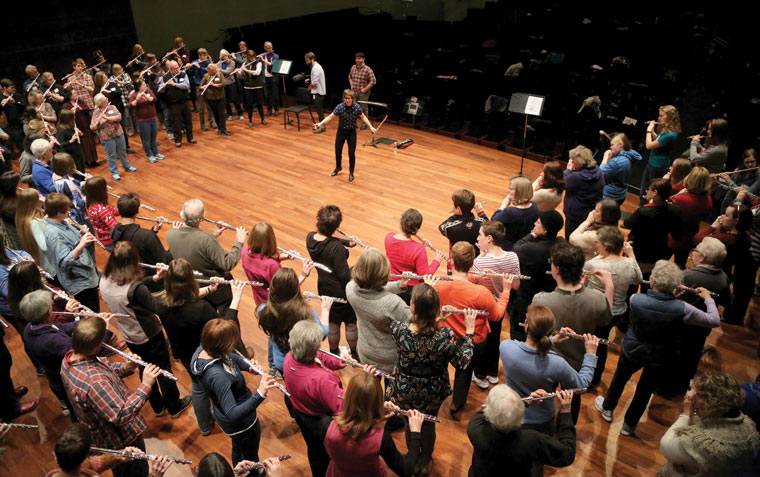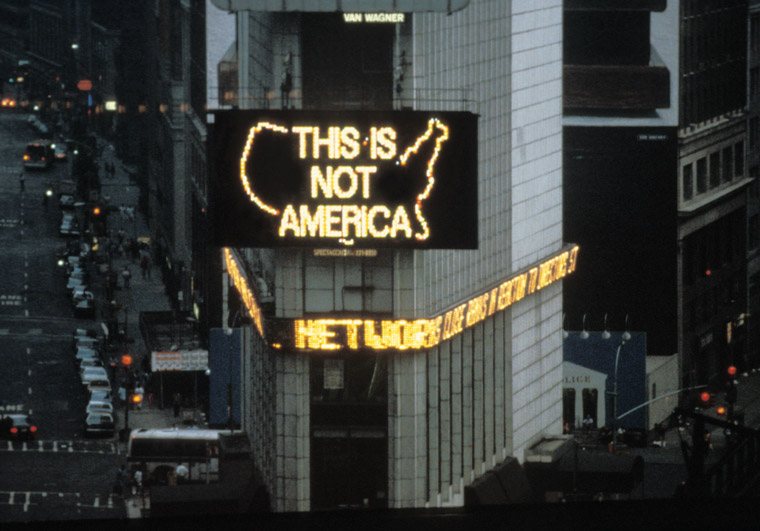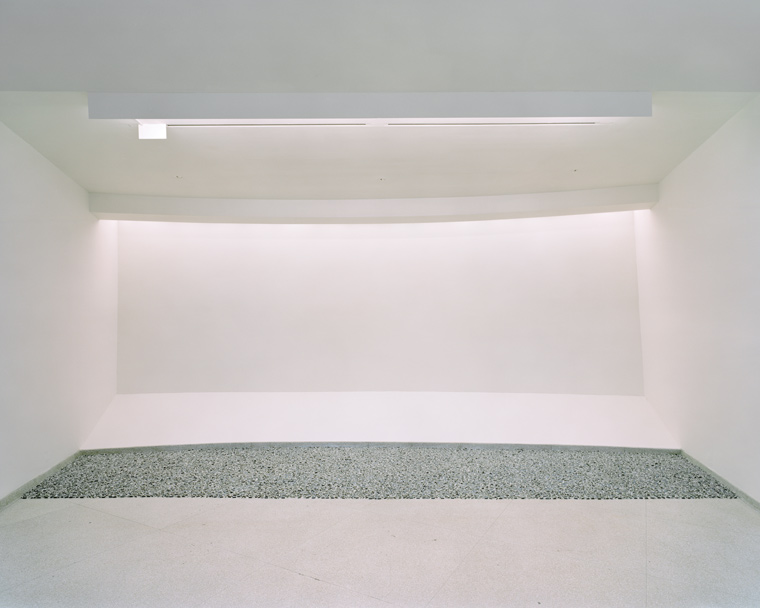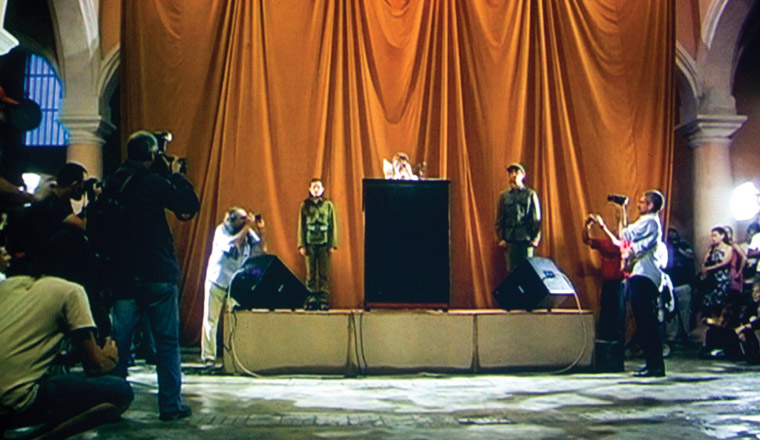Art has always had the capacity to influence, enlighten, and incite, particularly when created expressly to make a social statement. We asked two leaders in the art world, Jane Saks ’85 and Nancy Spector ’81, each to choose and analyze three such works.
As the founding president and artistic director of Project&, a Chicago-based arts organization, Jane M. Saks ’85 collaborates with artists to create new cultural models with social impact.
One such project engages the residents of Reading, Pennsylvania, one of the nation’s poorest cities, in the once bustling (but now vacant) train station. This Is Reading combines live performance, community narratives, and visual media and involves award-winning artists, playwright Lynn Nottage, filmmaker Tony Gerber, and director Kate Whoriskey. “Art challenges us by taking risks,” Saks says. “It helps us hear our own voices and those of others—often for the first time—taking us further than we might go otherwise, to places we might not know otherwise.”
Saks conceived and created the ongoing Working in America, which examines how Americans feel about the work they do through a traveling photo installation, a 12-part series on National Public Radio, and an interactive website. The project’s roots lie in the pioneering oral histories recorded 40 years ago by the writer Studs Terkel. “Studs was essentially talking about each of us being the experts of our own lives,” Saks says.
At the heart of Saks’ work is her belief that creating art is a social and political act. “Art delivers on the democratic promise, which is equitable participation,” she says. “Reading a poem can help you feel more connected to the larger humanity as much as more public work that people often think of as political art.”
✱ ✱ ✱
Nancy Spector ’81, the artistic director and Jennifer and David Stockman Chief Curator at the Solomon R. Guggenheim Museum in New York City, works in a more traditional venue. Yet she employs the museum setting in nontraditional ways, such as a new forum for discussing thorny topics. Earlier this year, her first “Summer of Know” program paired artists concerned with social change in conversation with professionals from outside the arts. “It’s a way to open up the conversation and create an environment in which people can speak freely and openly, but not necessarily always agree,” she says.
The inaugural artist, Jillian Mayer, examined the issue of online revenge porn by appropriating images, putting her own face on the bodies of the victims. Her counterpart was a lawyer with experience in online sexual harassment cases. “It was a fascinating conversation around the power of imagery and the legality or illegality of this particular phenomenon—and also our changing understanding of digital space and the dangers inherent in that,” Spector says. “It was quite provocative and sometimes difficult. But an important talk to have.”
While museums should remain places of contemplation and beauty, she says, they need to stay engaged with the issues of the day. “It is without question to me,” Spector says, “that museums dedicated to contemporary art are places where the power of the poetic and the power of symbolism and the power of metaphor can be used to refer to urgent issues in our world.”
Jane Saks’ Selections
Kissing Doesn’t Kill, 1989
Gran Fury
The activist artist collective Gran Fury formed in 1988 to counter the prevailing notion that AIDS was a gay men’s disease. By placing messages on billboards and bus posters, Gran Fury helped people see AIDS as a public health crisis affecting everyone. “To have an arts collective intersect public space and say, ‘Listen. It’s ignorance that’s going to kill us—not kissing or touching each other’—that’s a message for all time,” Saks says.
Photo from the Gran Fury Collection, Manuscripts and Archives Division, The New York Public Library; Astor, Lenox, and Tilden Foundations
Congo Women: Portraits of War, 2009
Lynsey Addario, Photographer
Grieved over the use of rape and violence against women as a tool of war in the Democratic Republic of Congo, Saks worked with Pulitzer Prize winner Addario to create this international exhibit. “The women in these portraits show what it means to not just survive but thrive,” Saks says. “We printed the photographs on fabric and made them huge, creating an environment where you see nothing else.” When Congo Women opened at the United Nations in 2009, Secretary General Ban Ki-moon used the exhibit to announce his campaign to end gender-based violence.
Photo © Lynsey Addario. Courtesy of Project&, Institute for the Study of Women and Gender in the Arts and Media, and artworks projects
Pan, 2017
Marcos Balter, Composer
Saks describes the large ensemble that performs this musical composition alongside virtuosic flutist Claire Chase as “a 21st-century, crowd-sourced Greek chorus.” She says the intent is to create communities of music-makers in multiple cities, representing the breadth of our society, who might play anything from traditional instruments to handbells and wine glasses. “At the core of artistic practice is courage,” Saks says. “Creating something together with courage and passion might even lay the groundwork for collective action.”
Photo by David Joles, © 2017, Minneapolis Star Tribune
Nancy Spector’s Selections
A Logo for America, 1987
Alfredo Jaar
In Jaar’s 42-second color video, which first appeared on an electronic billboard in Times Square, the Chilean conceptual artist shows a pixelated outline of the US map with the words, “This is not America.” Then the sign flashes the US flag with the message, “This is not America’s flag.” Finally, viewers see the single word “America” with a map of the North and South American continents. “It’s a very powerful statement about geographical nomenclature and how we talk about ourselves,” Spector says.
Digital color video with sound. Solomon R. Guggenheim Museum, New York. Gift of the artist on the occasion of the Guggenheim UBS MAP Global Art Initiative, 2014. © Alfredo Jaar. Courtesy Galerie Lelong & Co., New York
“Untitled” (Public Opinion), 1991
Felix Gonzalez-Torres
This work consists of roughly 700 pounds of black licorice candies, individually wrapped in cellophane, each one looking like a tiny missile. When visitors help themselves to the candy, the sculpture shrinks. Though Gonzalez-Torres died from AIDS in 1996, Spector says his sculptures still resonate today. “Some of the candy sculptures function as portraits; they are based on the combined body weight of the artist and his boyfriend, who died before he did,” Spector says. “The physical shrinking of the candy, something that sounds so frivolous, becomes really poignant when one understands the background of the work.”
Black rod licorice candies individually wrapped in cellophane, endless supply. Ideal weight: 700 pounds. Installation view: Singular Forms (Sometimes Repeated): Art from 1951 to the Present. The Solomon R. Guggenheim Museum, New York. March 4 – May 19, 2004. Curated by Lisa Dennison and Nancy Spector. Catalogue © The Felix Gonzalez-Torres Foundation. Courtesy of Andrea Rosen Gallery, New York. Solomon R. Guggenheim Museum, New York. Purchased with funds contributed by the Louis and Bessie Adler Foundation Inc. and the National Endowment for the Arts Museum Purchase Program, 1991. Photo by David M. Heald © SRGF, NY
Tatlin’s Whisper #6 (Havana Version), 2009
Tania Bruguera
Tatlin’s Whisper #6 (Havana Version) is mounted sparely—a podium with a microphone and two people who look like military guards. Audience members may come to the mic and speak uncensored for one minute before being escorted offstage. When Bruguera, a Cuban who lives in the United States, tried to restage her work in Havana’s Revolution Square after President Barack Obama opened diplomatic channels with Cuba, she was placed under house arrest. “Here’s somebody who completely works for social change,” Spector says. “That is the bedrock of her art.”
© Tania Bruguera. Photo courtesy of Studio Bruguera. Collection Solomon R. Guggenheim Museum, New York. Guggenheim UBS MAP Purchase Fund, 2014
Written by Sally Ann Flecker
Photo of Jane Saks (left) by Philip Thomas
Photo of Nancy Spector (right) by David M. Heald © SRGF, NY
